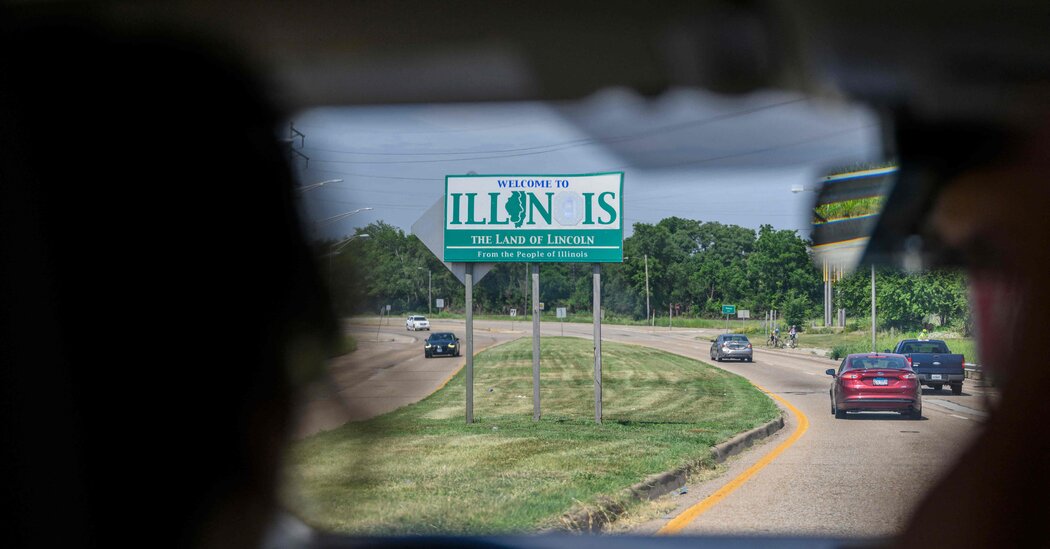“It’s a sign of course correction and of ordinary Americans finally having a say in how many lives are tragically lost to the tragedy of abortion,” she said.
Detailed information about how many abortions are performed in the United States has typically taken years to collect and publish. WeCount was created to provide more real-time data from a more comprehensive group of providers.
Because the WeCount data is new, it cannot compare abortion numbers this summer from those last summer. Studies suggest that abortion typically follows a seasonal pattern, peaking in February and March before declining in summer months. Some of the measured decline may also reflect such trends.
The changes were calculated by comparing the number of legal abortions in the months after the decision with the number of abortions provided in April. At that time, Texas had already imposed a major abortion restriction, and abortion was difficult to get in other states, but it was still legal in all 50 states.
WeCount also found that abortions nationwide increased in the two-month period after the draft of the Supreme Court decision was leaked but before Roe was overturned, perhaps indicating that some women were seeking abortions earlier in pregnancy than they might have otherwise, or that clinics were expanding capacity in preparation for bans.
Studies of previous abortion restrictions have shown that while some women without access to a nearby clinic travel long distances to obtain abortions, many do not. The typical abortion patient is poor, unmarried and a mother. And the women who are most affected by bans are those who struggle with the cost and logistical challenges of interstate travel, including transportation, lodging, child care and time off work.
“Some of these states where abortion was banned — Alabama, Louisiana, Mississippi, for example — are some of the poorest states in our country, and people would have to cross multiple state lines to get to another state where abortion remains legal,” said Kari White, who studies reproductive health at the University of Texas at Austin and is on WeCount’s research committee. “Even for the people who make it to another state, this is a hardship.”
Sumber: www.nytimes.com












